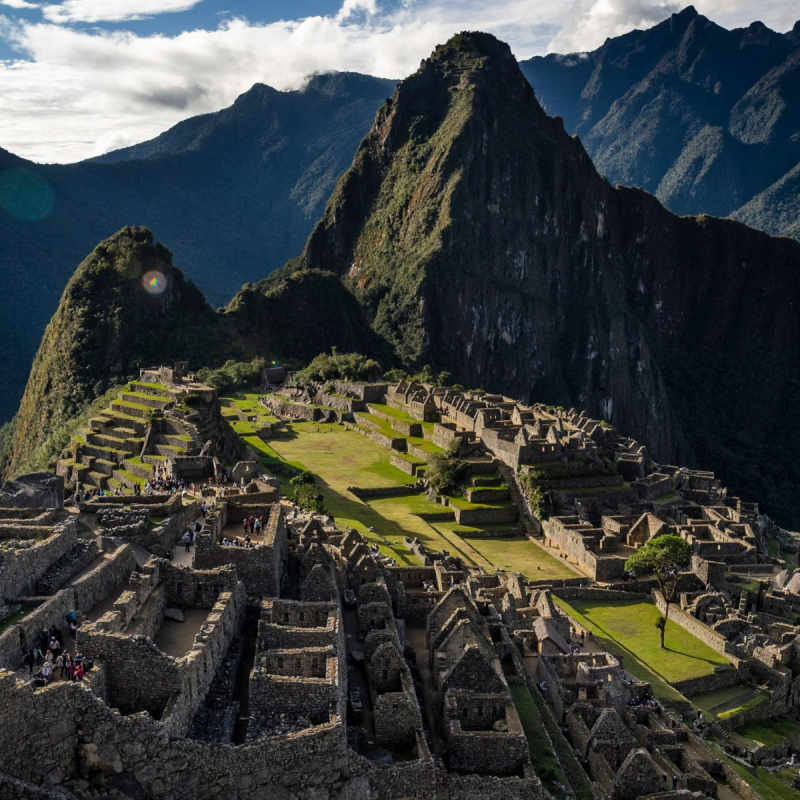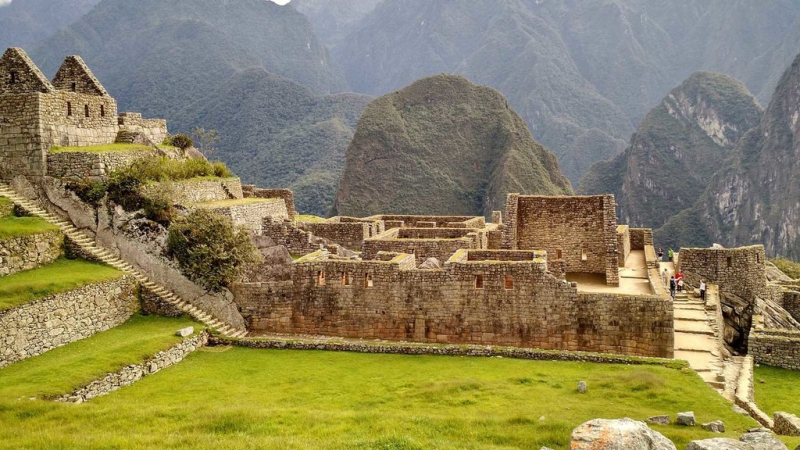The Inca Civilization

Between approximately 1400 to 1533 CE, the Inca civilization flourished in ancient Peru, and their empire eventually spanned western South America from Quito in the north to Santiago in the south. It was the largest empire ever seen in the Americas and the world at the time. According to the editors of History.com, the Inca Empire was a South American empire that became increasingly stronger due to its rulers' military power and diplomacy. The Inca state, known as Tawantinsuyu, extended 2,500 miles from northern Ecuador to central Chile and had a population of 12 million people from over 100 different ethnic groups at its peak. A well-planned agricultural and road system, as well as a concentrated religion and language, all contributed to the state's cohesiveness. Despite their strength, the Inca were quickly defeated by the diseases and superior armament of Spanish invaders, and their last stronghold was taken in 1572.
The Inca civilization is notable for constructing the greatest empire ever seen in the Americas, amazing agricultural practices, and art and architecture that uniquely merged geometrical masonry with the natural landscape, according to Mark Cartwright (an author, researcher, historian, and editor). The Incas built the mountain city of Machu Picchu, worshipped the Sun, established the world's largest empire at the time, had no writing but employed quipu (thread and knots), and had a very effective mail system that took advantage of their excellent road system. After the advent of Francisco Pizarro and the Spanish Conquistadors in 1533, the Inca empire crumbled. Civil conflict and European diseases also had a significant role in their demise.
Period: 1400 AD–1533 AD
Original location: ancient Peru
Current location: Ecuador, Peru, and Chile
Major highlights: The Inca Empire, Machu Picchu











